From the trend of transportation electrification in India, the application and layout of solar and electric vehicle charging systems
As we all know, the Indian government promotes the electrification of vehicles across the country and actively promotes electric vehicles. The electronics industry is optimistic about the development of local electric vehicles. Large OEMs are researching and developing electric vehicles, and the electric vehicle ecosystem is also under steady construction. Incumbent companies and various start-up companies are beginning to make efforts in the development of electric vehicle chargers, charging stations, and software and cloud computing services. And has made great achievement. However, there are many opportunities for improvement of electronic systems. This article will take India's transportation electrification trend as an example to discuss the application and layout of solar and electric vehicle charging systems.
With the help of BIS, ARAI, EESL and other organizations, the Indian government has issued technical specifications for charging stations; some of the original specifications such as AC-001 and DC-001 chargers have been developed and deployed in selected locations for charging station. The latest guidelines require charging stations to be equipped with a variety of standard chargers, namely CCS AC Type 2 and CHADEMO connectors, as well as lower power AC and DC-001 chargers. However, the power supply of these systems is completely dependent on the power grid. In large cities and semi-urbanized areas, the location of the charging station site is a problem. The problem of whether the power grid reserves a load for electric vehicles still exists.
These problems can be solved by solar power. Solar power generation and storage can not only supplement the power supply capacity of the grid, but also can be installed in all parts of the country, even if not connected to the grid can also charge electric vehicles. Fortunately, the promotion of solar energy in India is very successful, and the geographical location allows India to have abundant solar energy. Considering its service life of at least 20-25 years, the one-time installation fee and capital investment of the solar charging station are relatively reasonable, the cost performance is high, and the investment return can be obtained within a few years. After being put into use, the power supply of the power station is almost free of charge. The following describes a feasible solution for charging electric vehicles using solar power generation and storage, which will involve solar power generation and storage methods, distributed battery management, power conversion, communication connections, and the development of a scalable modular solar electric vehicle charging station Required basic modules.
The figure below is a schematic diagram of the function of a typical electric vehicle solar charging station.
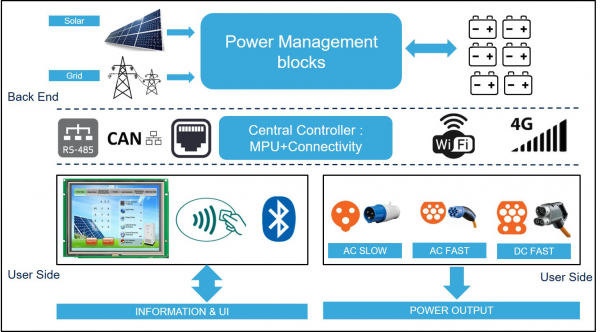
Functional block diagram of electric vehicle solar charging station
The user terminal mainly displays the functions that the end user can see, and is responsible for information exchange and human-computer interaction. The components usually include a TFT touch screen and an NFC card reader device for authentication or payment. To achieve more advanced functions, there may be Bluetooth interface. The charging connector supports different charging standards: AC slow charge for small trams and electric tricycles, and AC and DC fast charge for electric vehicles. Before starting charging, the user must verify identity and set charging preferences. More complex functions are performed in the background, and the central controller and other modules are responsible for monitoring background operations.
Current and power management: The charging system has 3 power supplies. The first is solar photovoltaic panels. This article does not discuss the calculation of the solar panel area. Generally, the power of the charging station should be at least several kilowatts. Under rated light conditions, the normal power generation of solar panels is about 150W/m2. The solar panel sends electrical energy to the MPPT module, which is a highly energy-efficient DC-DC converter. It runs the maximum power point tracking algorithm internally and the conversion efficiency exceeds 98%. These converters are usually multiphase interleaved buck or buck-boost converters, and the operating voltages at the input and output are both in the hundreds of volts. Electrical isolation may not be mandatory, but for regulatory and safety reasons, most converters are electrically isolated. The output end is connected to a common DC bus to supply power to downstream loads. Control can use analog, pure digital or analog-digital mixed methods.
The second power source is the power grid. Because this charging station is designed to maximize the use of solar energy, grid charging is an alternative power source. However, in some areas, the grid is intermittently powered. In other areas, solar panels cannot generate electricity all year round due to insufficient sunlight. The grid must supplement solar power generation in certain seasons. The charging system is essentially a solar energy storage device, which can supplement the power supply capacity of the grid through a two-way grid-connected inverter during peak hours of electricity consumption, and play the role of a power plant. With a reasonable net power settlement policy, solar power plants or captive power plants can legally return power to the grid, so this is a "one-stop dual-use" solution.
The third power source is a storage power station. The current trend is to use lithium batteries to build stations, because lithium batteries have a long service life, which is very suitable for fast charging, and the depth of discharge and energy density are extremely high. In order to save floor space cost, the battery can be installed underground. These lithium battery packs are connected together by means of hybrid and series connection, and finally connected to a junction box termination unit with monitoring function. Each battery has a data port, usually CAN or RS485. These batteries are connected together by a daisy chain method and finally connected to the junction box, so that the termination unit displays the operation status of each battery, battery string or the entire battery library . Essentially, this is a data concentrator and a switching unit that controls the input and output states of the battery pack circuit. In addition, the junction box communicates with the central controller to determine the battery charge and discharge operations.
The following figure shows the power system architecture. This is a scalable modular system. The modules are usually extensible, each module is 3-5kW, equipped with a communication bus, usually CAN or MODBUS/RS485. The central controller can configure modules according to functional requirements at any time, such as charging management, load management, and diagnostic inspection. There is a turn-on module in the controller for monitoring power consumption. The basic parameters include power consumption kWh, power storage kWh and power generation/output power kWh. The controller can also communicate with industry standard meters to achieve billing and rate settings.
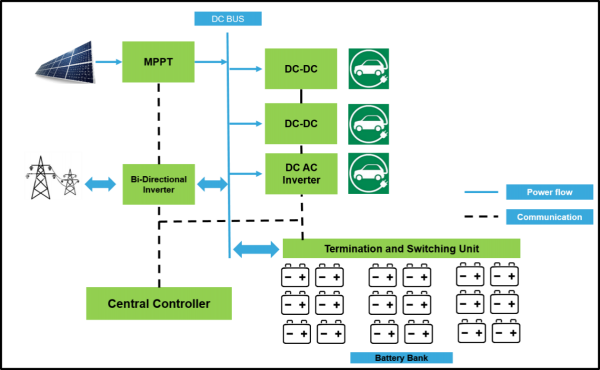
Figure 2: The power system in the background
The main power management module: DC-DC converter module is connected to the DC bus. According to the type of vehicle connected to the charging pile and the voltage and current requirements of the vehicle BMS, the central controller configures the DC-DC converter through the communication bus. This solution is usually used for DC fast charging, and multiple DC-DC converter modules can be connected in series to meet the requirements of the charging load. The DC-AC inverter is also connected to the same DC bus and is used to charge vehicles that can only accept AC charging or ordinary slow charging. The bidirectional inverter has two purposes: to supply power to the DC bus to meet the demand for electricity; to return electrical energy to the grid when the charging station is idle, or to supplement the power supply capacity of the grid during peak periods of grid electricity consumption. The following are the key energy efficiency indicators that any power conversion module needs to achieve today:
1) Extremely high energy efficiency: the actual end-to-end energy efficiency is now higher than 95%
2) Extremely high power density: due to higher property costs, the system size becomes smaller and smaller
The development and progress of silicon technology can meet the above two requirements. Wide-bandgap semiconductor materials, especially silicon carbide devices, have a high switching frequency, higher junction temperature and energy efficiency. In addition, advances in silicon technology have made passive components such as magnetic components and capacitors smaller. Better magnetic materials also allow higher output power for low-power, low-loss designs.
The main central controller is the brain of the charging station and is responsible for all functions such as user/reserved user authentication and human-computer interaction before charging. Components include high-performance processors, communication connection technology and sensors. The main functions are as follows
1) User ID verification and payment: This is the function that users see most at the charging station, and user verification and payment can be completed through smart cards, OTP, NFC mobile phones and even Bluetooth. These subsystems are controlled by the onboard MPU/MCU.
2) Power management: This is the most important component of the charging station, but not visible to the user. The system controller continuously monitors the supply and demand of electrical energy, and then selects the charging mode according to the situation: pure solar charging, hybrid charging of solar energy and energy storage, or grid-assisted solar charging. There may be excess power supply or excessive power demand. The system controller should have certain intelligence. According to the supply and demand relationship, the transmission channel can be changed by changing the settings of the various power blocks mentioned above.
3) Communication connection: At present, in order to realize remote monitoring, both the charging station and the charging pile need to be connected to the cloud, communicate with the CMS (central management system) regularly, report transactions, parameters, diagnosis and operation data, and receive operation commands from the CMS And settings. Therefore, the program provides a variety of wireless and wired connection technologies such as 3G/4G, Wi-Fi, and Ethernet, and even uses LoRa technology in remote monitoring.
4) Protection, diagnosis and fault report: In order to prevent faults, the system protection mechanism responds very quickly and can protect against external events such as surges or lightning strikes; operational problems such as accidental misoperation or intentional incorrect operation/abuse; or short circuit, overheating or overheating Internal problems such as voltage/overcurrent. To keep operating costs low and minimize downtime, the system can automatically report problems that may occur from time to time. The modular structure can display the faulty circuit that needs to be replaced on site, so the maintenance technician can prepare the accessories in advance.




 Related Products
Related Products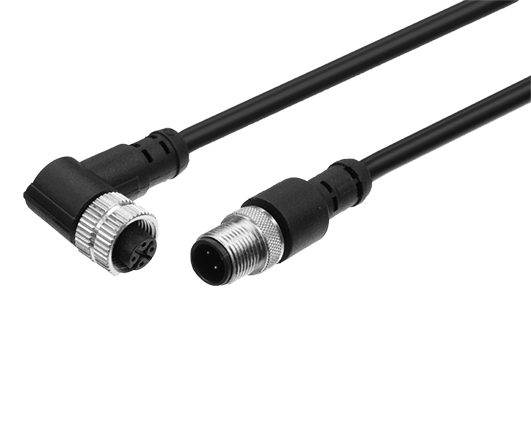
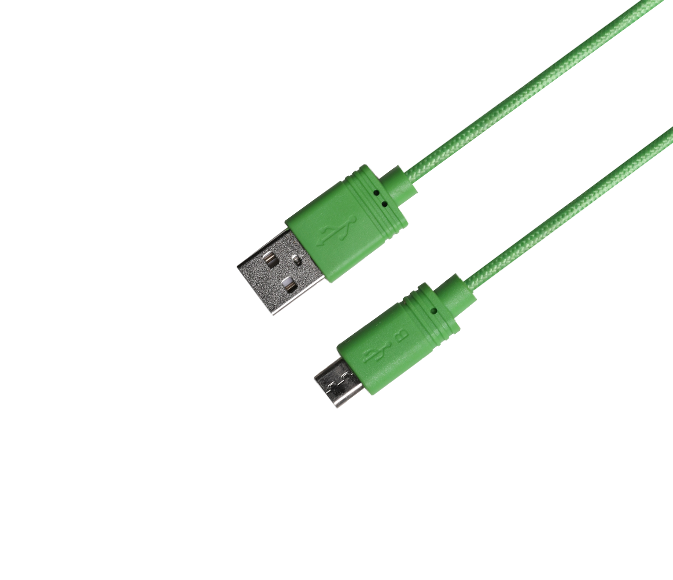
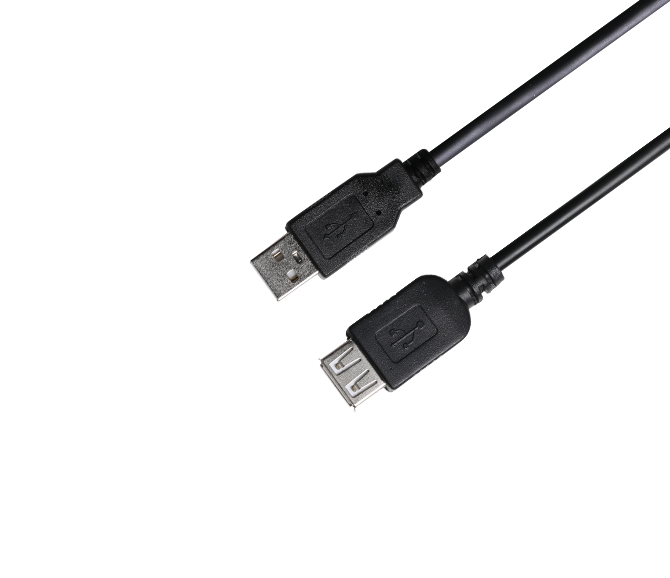
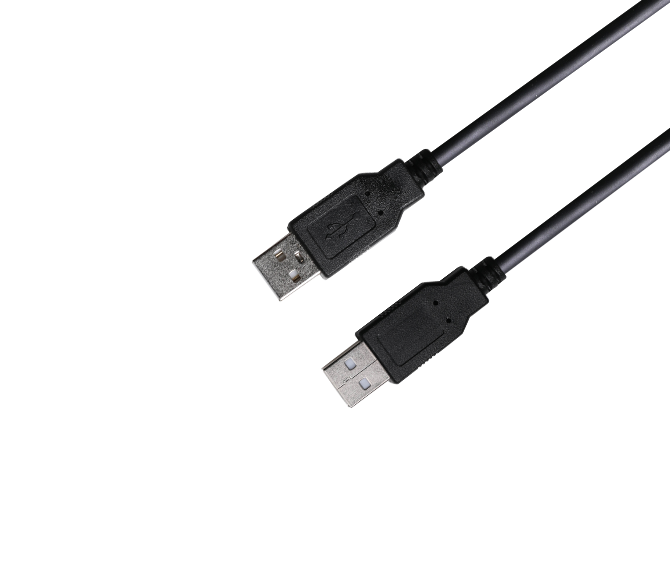














View More(Total0)Comment Lists